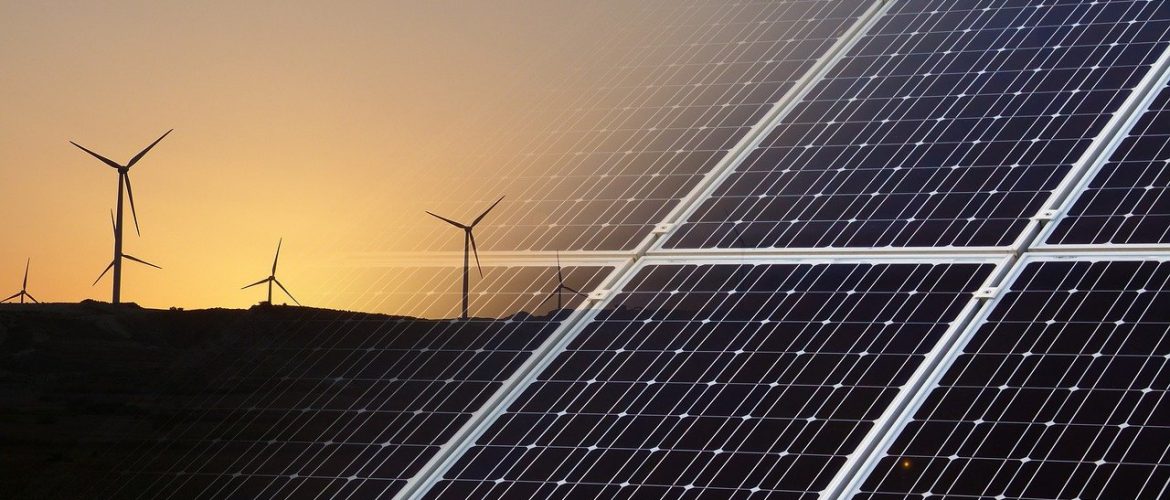The second highest production ever from RES (2,275 GWh) was recorded in August, while production from fossil gas (2,194 GWh) was the second highest of 2024 in Greece. Clean energy met just over half of demand in the first eight months of the year (50.9%), while RES curtailments reached 565 GWh.
This analysis concerns electricity production across the whole territory of Greece and is based on the latest available monthly data from the Independent Power Transmission Operator (August 2024) for the interconnected grid and from the Hellenic Electricity Distribution Network Operator (HEDNO) for the non-interconnected islands (July 2024). In addition, we use the most recent data from HEDNO for low and medium voltage, as well as for the installed capacity of self-production systems (August 2024). The data from DAPEEP’s Renewable Energy Special Account bulletin up to June 2024 are used to calculate more accurately CHP production at low and medium voltage, as well as for the PV utilization factors needed to estimate self-production. You can read in more detail about our methodology here.
In the first eight months of 2024, renewables (excluding large hydro) maintained their lead in the electricity mix with a production of 17,284 GWh, but lagged behind the cumulative production of the three fossil fuels (fossil gas, lignite and oil) by 1,401 GWh. This was caused by the increased contribution of gas in July and August, reversing the results of the semester when renewables had outperformed the cumulative fossil production.
Fossil gas was second (13,779 GWh), returning to 2022 levels and showing an increase of 32.6% compared to the first eight months of 2023. With 2,739 GWh, oil on non-interconnected islands was third, while large hydro fell to the fourth place (2,670 GWh).
Lignite dropped to the fifth place (2,168 GWh), recording an all-time low production in the first eight months of the year. The smallest contribution to meeting demand in the first eight months of 2024 came from net imports (526 GWh), which were the lowest in the last decade for this period, well off the previous low of 2021 (1,912 GWh).
The large increases of fossil gas (+3,390 GWh) and renewables (+3,237 GWh), as well as the much smaller increases of oil (+229 GWh) and large hydro (+212 GWh) in the first eight months of 2024, compared to the same period in 2023, offset the collapse in net imports (-4,004 GWh), the decline in lignite electricity production (-934 GWh) and the increase in demand (+2,128 GWh).
The corresponding percentage changes in the first eight months of 2024, compared to 2023, were:
- Lignite: -30.1%
- Fossil gas: +32.6%
- Renewables: +23%
- Large hydro: +8.6%
- Net imports: -88.4%
- Oil: +9.1%
- Demand: +5.7%
In the first eight months of 2024, clean energy (renewables and large hydro) was the highest of the decade with 19,954 GWh, up 20.9% compared to the same period in 2023 (16,505 GWh). In fact, it surpassed by 1,269 GWh the electricity production from the three fossil fuels combined (18,685 GWh), which in turn grew by a smaller 16.8% over the same period. The difference between clean energy and fossil fuels in the first eight months widened in 2024 compared to 2023, when clean energy had exceeded fossil fuels for the first time by 505 GWh.
Clean energy met more than half of demand (50.9%) in the first eight months of the year, while its share of electricity production was even higher at 51.6%. Renewables (mainly wind and solar) dominated in meeting demand with 44.1%, while large hydro covered 6.8% of demand.
Fossil gas led the way among fossil fuels in meeting demand with a share of 35.2%, followed by oil with 6.6% and finally lignite with 5.5%. Net imports covered just 1.3% of demand, the lowest share of the last decade.
The share of renewables would have been even higher, if there were no curtailments. According to the forecasts of the consolidated planning process published daily by IPTO, a total of 565 GWh of RES were curtailed in the first eight months of 2024. April was the month with the most curtailments (259 GWh) compared to the other months of the year and to the total curtailments in 2023 (228 GWh). 49 GWh were curtailed in March,122 GWh in May, 64 GWh in June, 33 GWh in July and 37 GWh in August.
According to the same IPTO forecasts, August 11th saw the highest RES curtailments of the month, totaling 13 GWh. However, this amount is lower than the highs of previous months.
If these curtailments were avoided during the first eight months of 2024, it would have been possible to fully eliminate net electricity imports, since during the aforementioned period total net imports (526 GWh) were lower than curtailments. Therefore, Greece could have become a net exporter of electricity for the first time or even reduce the share of fossil gas, while increasing the share of renewables. Alternatively, the full utilization of all RES production through storage infrastructure could have reduced by the same amount (565 GWh) the use of fossil gas, leading to lower electricity prices in the wholesale electricity market.
In August 2024:
- The second highest production from RES (2,275 GWh) was recorded, one month after the historical record of July (2,639 GWh).
- Production from fossil gas (2,194 GWh) was the second highest of the year.
- Demand (5,841 GWh) was the second highest of the year, after July’s 6,501 GWh.
Electricity consumption in the first eight months of 2024 (39,176 GWh) increased by 5.7% compared to the same period of the previous year. There was also an increase of 2.2% compared to the average of the last five years (2019-2023), after having occurred for the first time in the first half of 2024.



